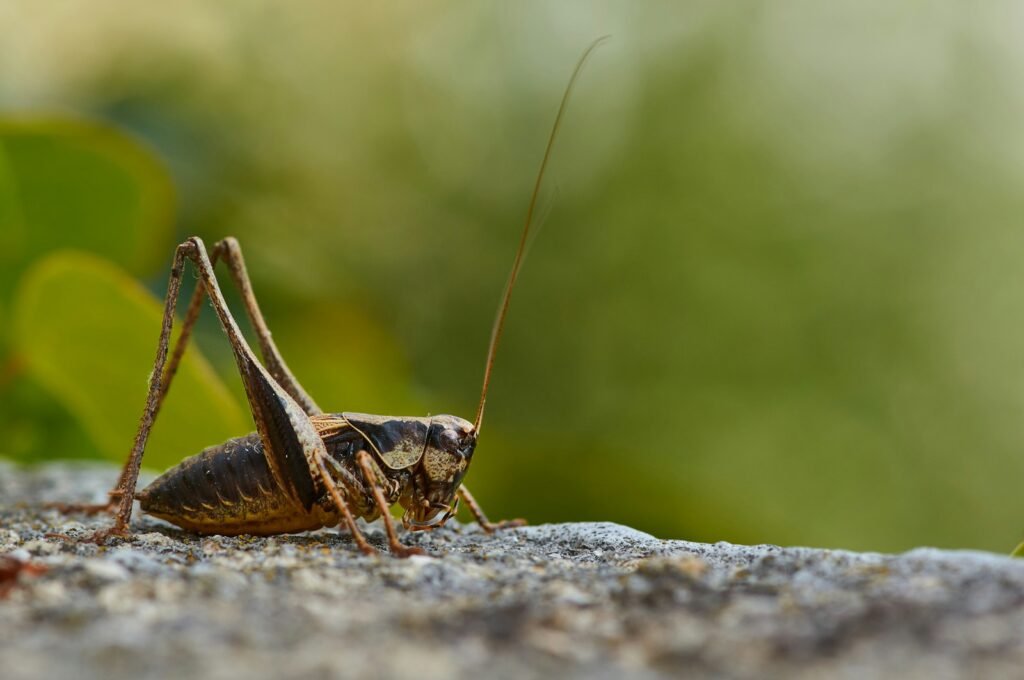Imagine a landscape where spiny, blue-green rosettes stretch toward the blazing Mexican sun, their leaves sharp as ancient spears. Here, the humble agave plant is more than a silent witness to history—it is a living legend. While Cinco de Mayo bursts forth with vibrant parades and the clinking of margarita glasses, few pause to consider the green heart beating beneath the celebration: the agave. This remarkable plant, so often distilled into tequila or woven into tradition, has not just flavored fiestas, but also forged pathways in science, agriculture, and the very soul of Mexico. Let’s journey through the secrets of agave and uncover why its story is as intoxicating as the drinks it inspires.
The Ancient Roots: Agave in Early Mexican Civilization

Long before Spanish conquistadors set foot on Mexican soil, indigenous peoples were already deeply entwined with the agave plant. Archaeological discoveries reveal that agave was cultivated and revered as far back as 10,000 years ago. Its fibrous leaves and sweet sap provided food, drink, shelter, and even needles for sewing. For the Aztecs and their ancestors, agave was a symbol of life and sustenance—sometimes called the “Tree of Wonders” despite being no tree at all. Through centuries, it became deeply embedded in rituals and mythology. Families passed down knowledge of agave’s uses like precious heirlooms, and entire villages relied on it as a staple, proving that agave’s roots run much deeper than its spiky leaves reveal.
The Science Behind the Spikes: How Agave Thrives in Harsh Climates
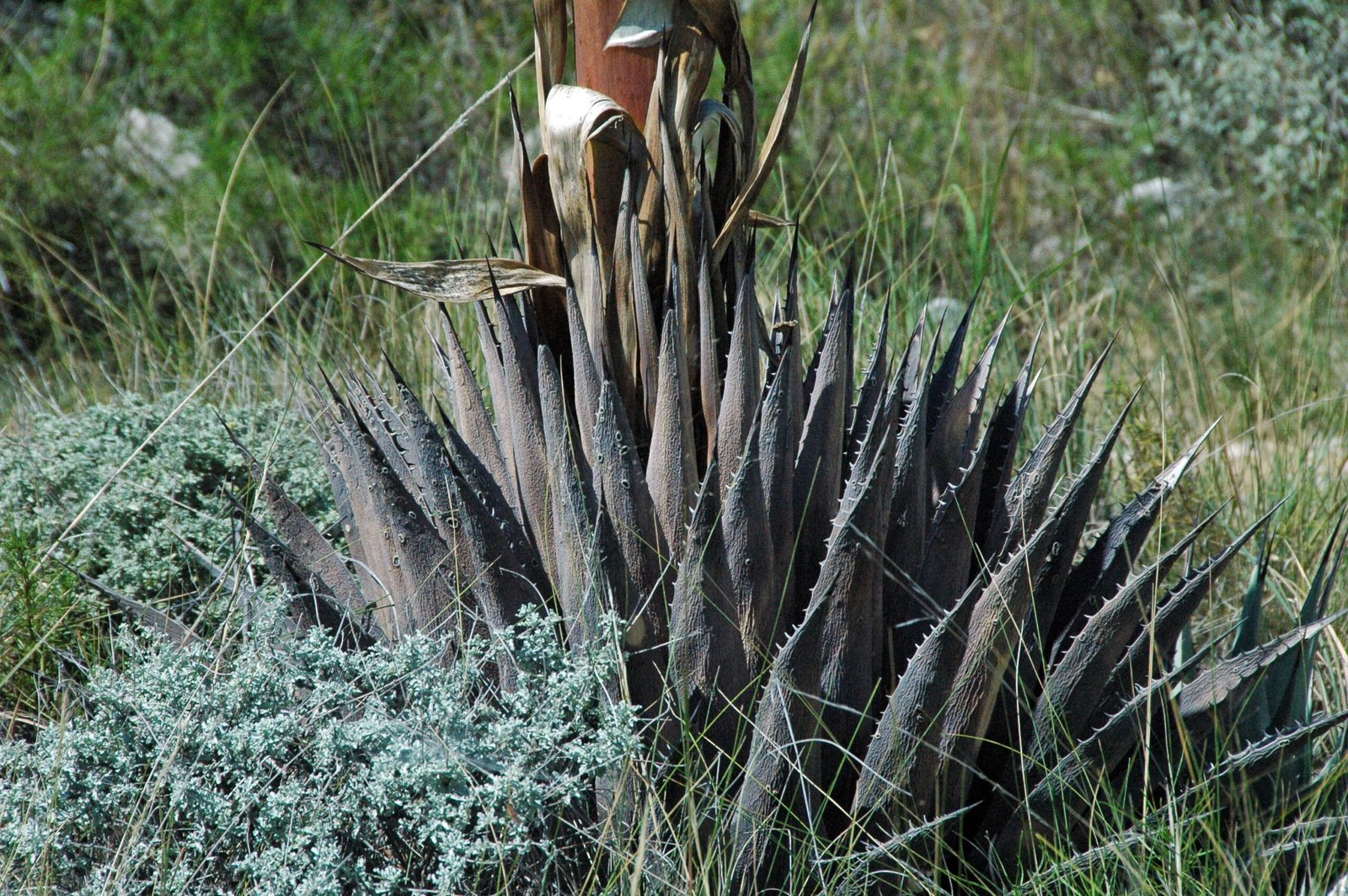
Agave’s survival is nothing short of a botanical marvel. Unlike most plants, agave embraces the harshest conditions—arid deserts, rocky slopes, and relentless sun. Its thick, fleshy leaves store water for long droughts, and a waxy coating helps prevent evaporation. One of the most fascinating features is agave’s use of CAM photosynthesis, a unique process that allows it to “breathe” at night, minimizing water loss. Scientists are still captivated by agave’s resilience and adaptability, studying its genetic secrets for inspiration in agricultural research. In a world facing climate change and water scarcity, agave stands as a symbol of survival, quietly teaching us lessons in endurance and ingenuity.
Agave’s Many Faces: A Family of Diversity
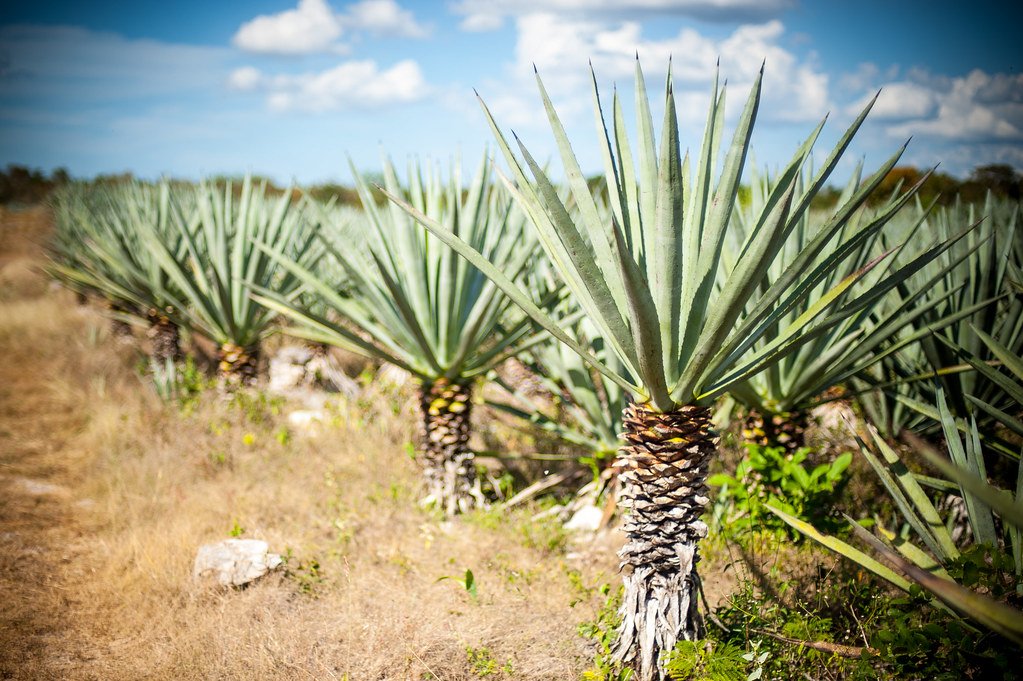
When you picture agave, you might think of the blue agave used in tequila. But the agave family is astoundingly diverse, with more than 200 species found across Mexico and the Americas. Some agaves bloom once in a lifetime, sending up a towering flower stalk before dying—a dramatic botanical finale. Others are smaller, prized for their fibers or sweet nectar. Each species has adapted to its environment in striking ways, from compact forms in dry, rocky regions to giants with leaves over two meters long. This diversity has not only fascinated botanists, but also provided a wealth of resources for local communities, from weaving mats to brewing traditional drinks.
The Birth of Pulque: Mexico’s First Agave Elixir
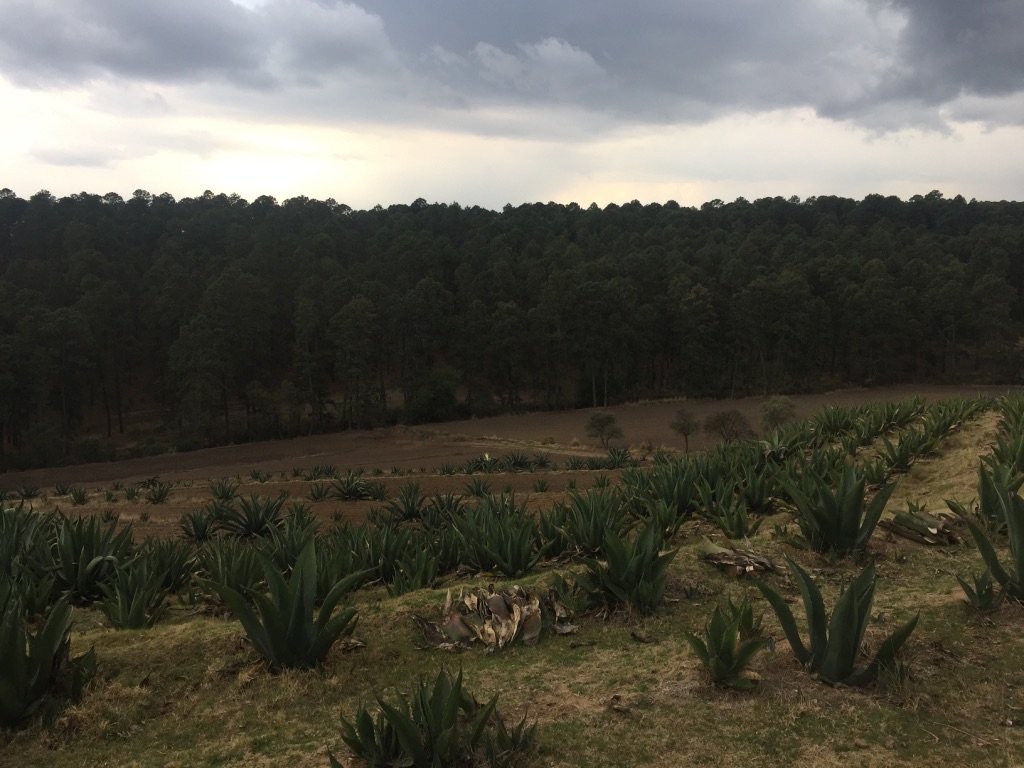
Long before tequila and mezcal stole the spotlight, pulque reigned as Mexico’s drink of choice. Created by fermenting the sap of mature agave plants, pulque was thick, slightly sour, and deeply nourishing. It was so revered that only priests and nobility could drink it during sacred ceremonies. Over time, pulque became a popular drink for peasants and workers, providing energy and hydration in a single gourd. The production of pulque is both an art and a science, requiring patience and intimate knowledge of the plant’s life cycle. Even today, pulque is experiencing a revival, celebrated as a living link to Mexico’s ancient past.
Tequila and Mezcal: Spirits of Celebration and Science
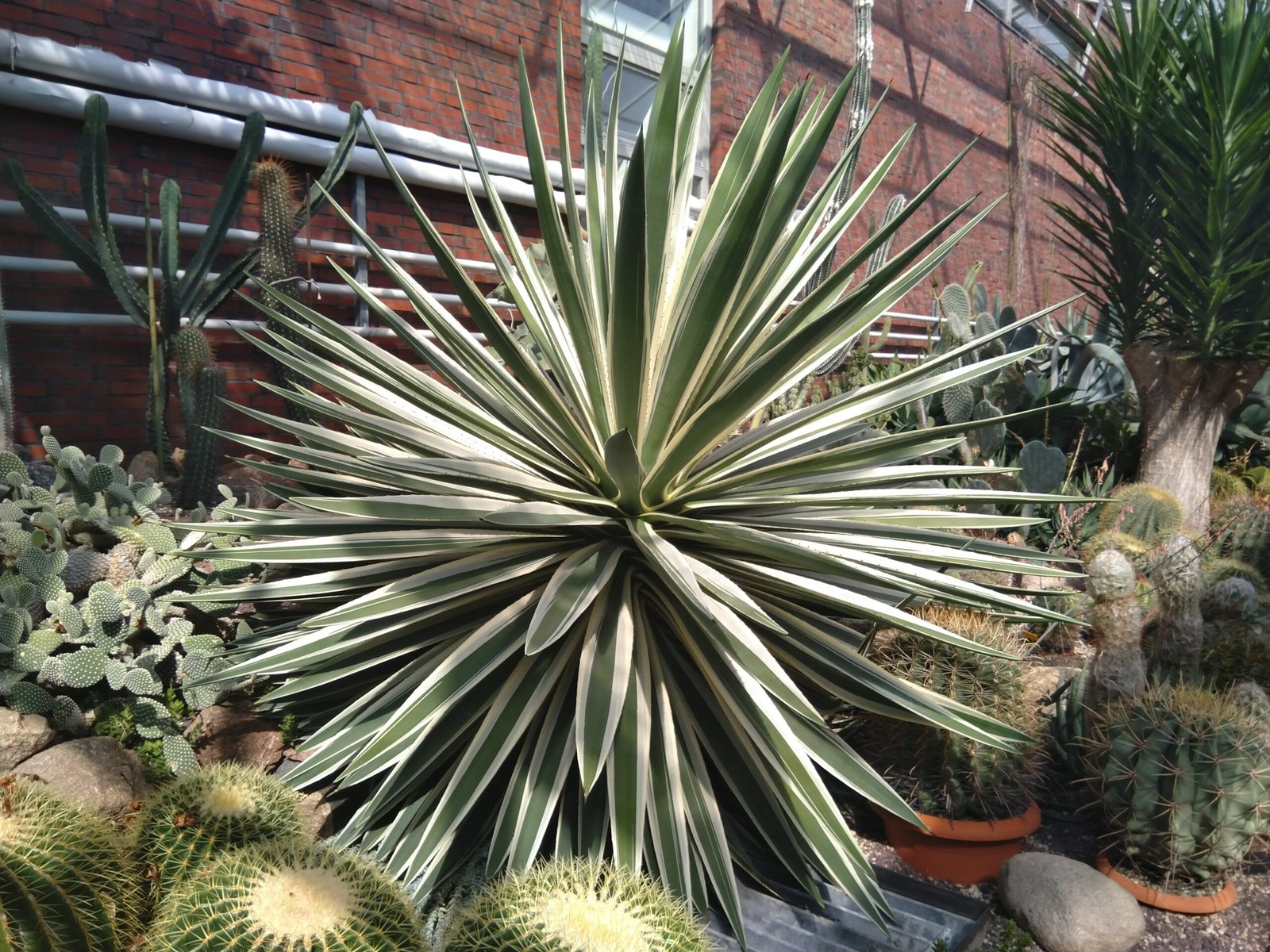
No discussion of agave is complete without mentioning tequila and mezcal, the world-famous spirits that have become symbols of Mexican identity. Tequila is crafted exclusively from the blue agave (Agave tequilana), while mezcal can be made from many agave species. The painstaking process involves harvesting mature agaves, roasting their hearts (piñas), and fermenting the juices. Distillers, or “maestros mezcaleros,” guard their methods like family secrets, blending tradition and intuition with scientific precision. Researchers have analyzed agave fermentation to understand its unique flavors and microbial communities, revealing a hidden world of chemistry and culture that makes every sip a journey through time.
Agave in Art, Myth, and Folklore

Agave’s story is not only told in fields and distilleries, but also in the vibrant tapestry of Mexican art and mythology. The Aztecs believed the goddess Mayahuel emerged from the agave, blessing humanity with its gifts. In murals, pottery, and textiles, agave appears as a symbol of fertility, resilience, and transformation. Folk songs and legends celebrate the plant’s role in village life. Even today, artists continue to draw inspiration from agave’s striking form and deep roots in tradition, using it as a metaphor for Mexico’s enduring spirit.
Sustainable Agave: Challenges and Innovations
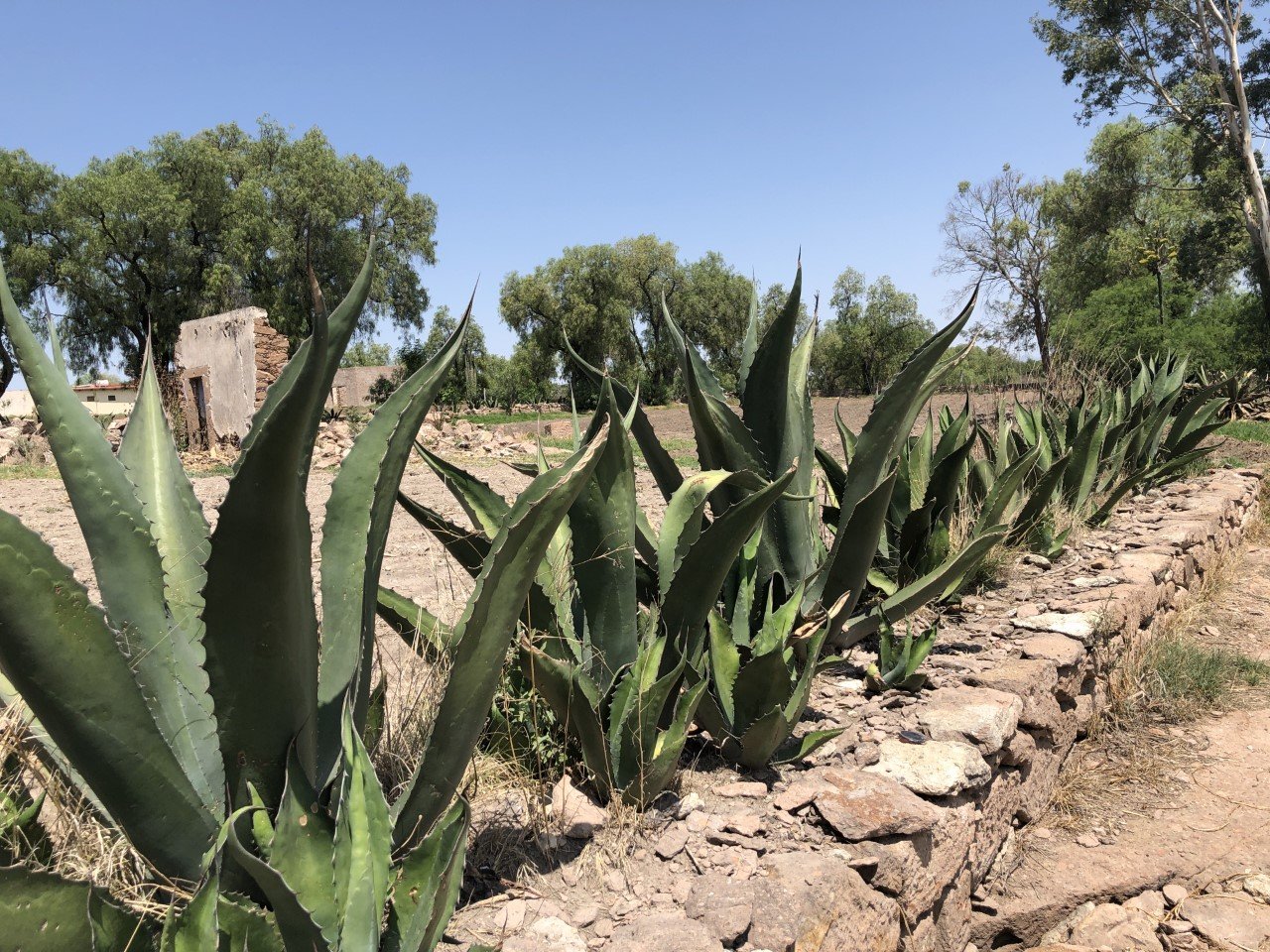
As demand for tequila and mezcal soars, sustainability has become a pressing concern. Agave plants take years—sometimes decades—to mature, and overharvesting threatens wild populations. Scientists and farmers are working together to cultivate agave more responsibly, experimenting with crop rotation, organic farming, and genetic diversity. Some producers have launched reforestation projects, planting agave alongside native vegetation to restore entire ecosystems. These efforts not only protect agave’s future, but also support the communities that depend on it, proving that ancient wisdom and modern science can grow side by side.
Agave Beyond the Bottle: Food, Medicine, and More
Agave’s gifts extend far beyond alcoholic drinks. Its sweet syrup, now popular as a low-glycemic sweetener, is used in kitchens around the world. Traditional healers have long valued agave for its medicinal properties, using sap to treat wounds and burns. The plant’s strong fibers are woven into ropes, baskets, and clothing—evidence of agave’s versatility. Even agave’s leftover pulp finds new life as compost or biofuel, demonstrating that every part of the plant can be transformed and reused.
Agave in Modern Science: A Plant for the Future
Researchers are only beginning to tap into agave’s full potential. Its ability to thrive in poor soils and dry climates makes it a promising candidate for sustainable agriculture, especially as global temperatures rise. Scientists are exploring agave’s genetic traits to develop crops that require less water, and its fibers are being studied for use in biodegradable plastics. Even the sugars produced by agave could inspire new types of renewable energy. In laboratories and greenhouses, agave stands at the frontier of innovation, quietly reshaping the way we think about food, fuel, and the environment.
Celebrating Cinco de Mayo: The Agave Connection
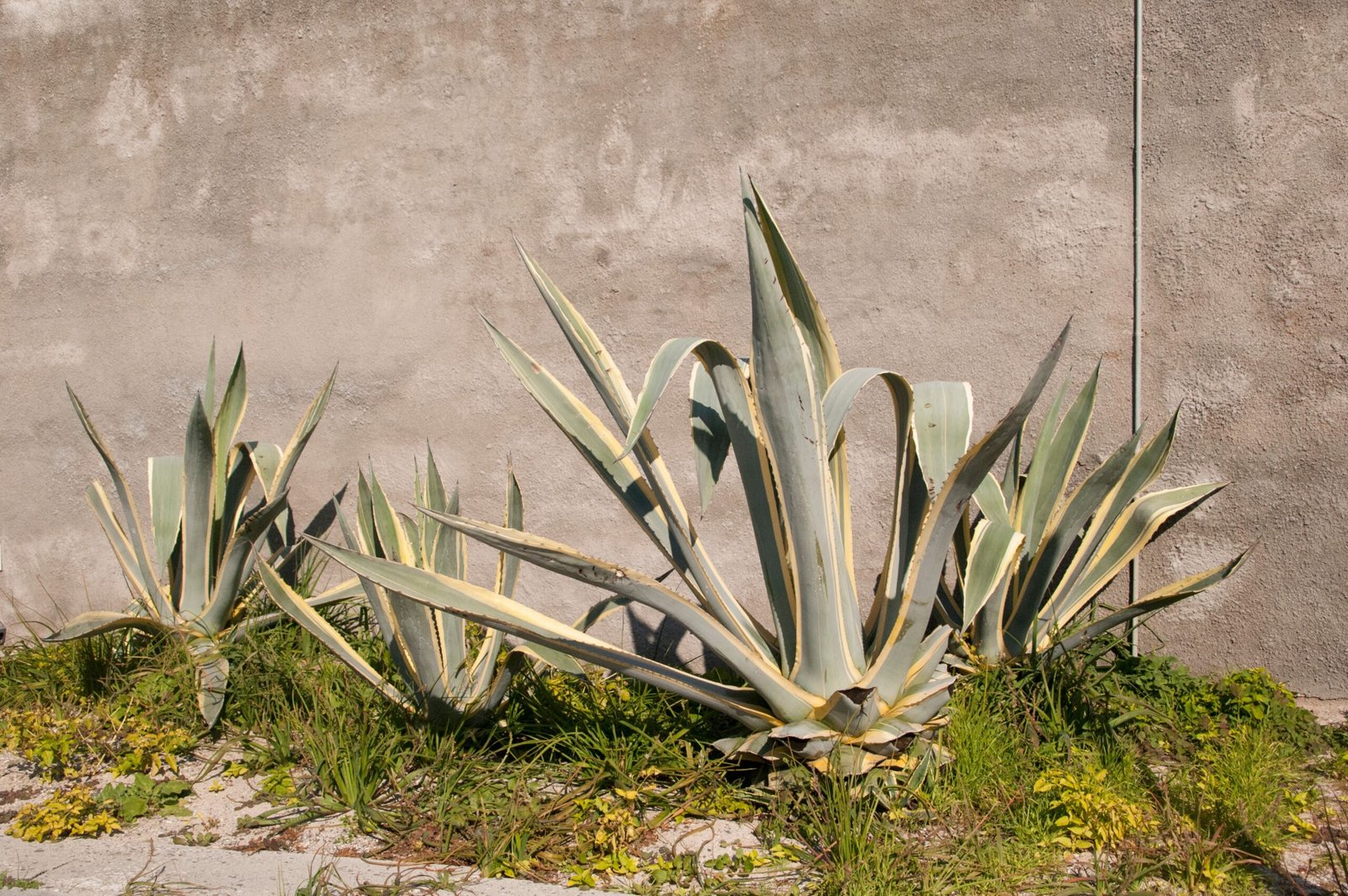
On Cinco de Mayo, as music fills the air and people gather to celebrate, agave is often at the heart of the festivities. From the margaritas in hand to the decorations inspired by its spiky leaves, agave helps define the atmosphere of joy and unity. Beyond the party, it reminds us of the deep connections between nature, history, and culture. Each glass raised is a tribute to centuries of discovery, endurance, and creativity rooted in the Mexican landscape.
A Living Legacy: Agave’s Enduring Influence

The story of agave is one of transformation—of landscapes, traditions, and even scientific understanding. It has shaped not only the taste of Mexican celebrations but also the resilience of its people and the promise of a sustainable future. As you savor a sip of tequila or admire the artistry of an agave field, remember the remarkable journey that brought this plant from ancient roots to modern marvel. Agave’s legacy is alive in every celebration and every scientific breakthrough it inspires.



